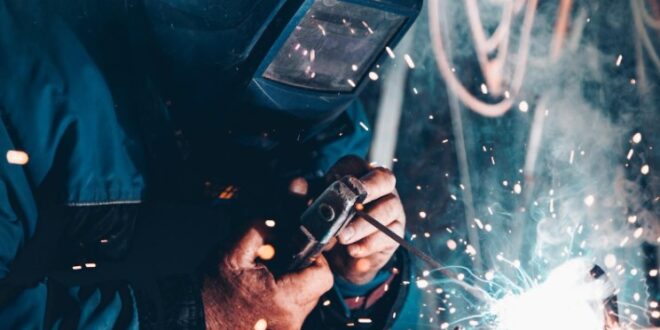Whether you are a DIY welder or a professional one, choosing the right filler metal is something you consider. Your choice will help prevent any weld defects such as corrosion or cracking.
For those new to welding, filler metal refers to the metal you use to create a weld joint. This metal can be alloyed or unalloyed. It forms the weld joint when heated as it melts and flows between two metals next to each other. This then creates a permanent bond between the two metals.
Filler metals come in different forms. They include aluminum, brass, bronze, carbon steel, stainless steel, chromium, copper, nickel, tin, titanium, and zinc. You can learn more about the different types on our welding site.
Factors to consider
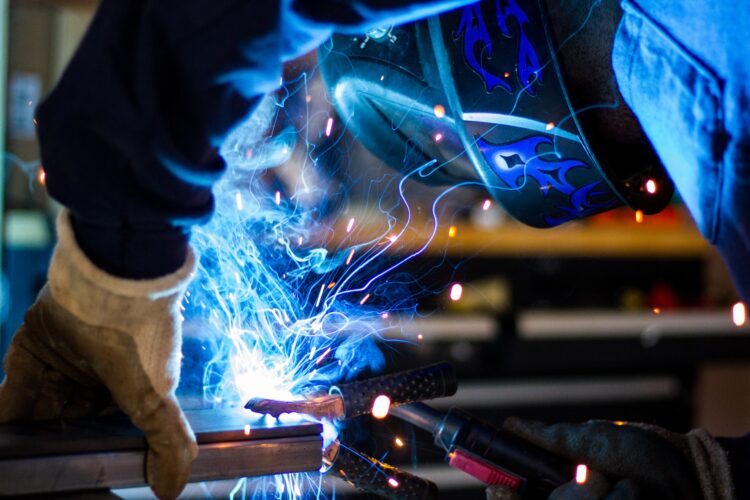
Base material
When choosing a filler metal, ensure that the base metal and the filler metal match in chemistry and tensile strength. If you are unsure of what base metal you are using, you can check the manual of the equipment you are repairing. You can also find the information online.
For example, aluminum usually requires a different filler metal from its composition, while steel usually requires a similar one because it does not go through a harsh process. If you still are unsure of which filler to use, you can talk to an expert for more guidance.
One guideline you should follow is to match the strength of the filler metal to the lower strength of the base metal.
Regulations
The American Welding Society (AWS), which manages electrodes, filler metals, welding rods, and flux, has specifications and guidelines that should be used when selecting the filler metals.
The AWS classification method assigns numbers and letters that give you information on the filler material and to which welding process it applies. For example, each electrode has a specific code attached to it, which you may have come across. This code begins with an ‘E’ and four to five numbers following it. Using the example of E7018:
- The ‘E’ stands for Electrode.
- The next two digits, 70, refer to the electrode tensile strength.
- The next digit, 1’, points to the welding position.
- The last digit, 8, indicates the coating used.
Numbers or letters that come after the basic electrode code (E7018) usually differ depending on the welding process.
Welding process
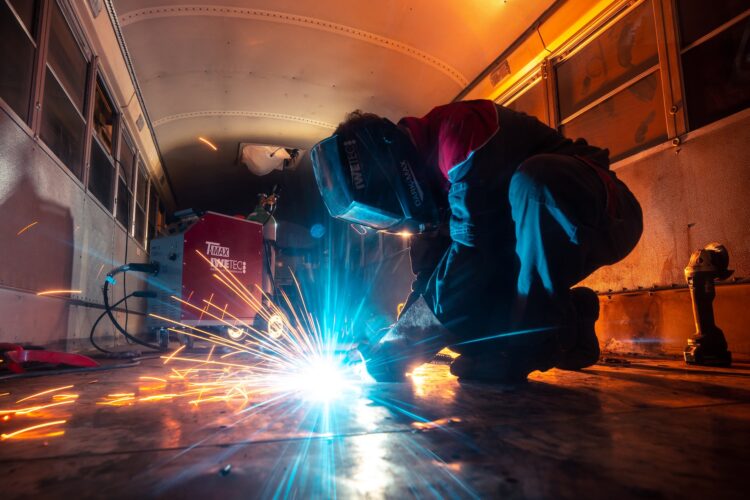
Which process will you use? This is another factor that will help you in selecting the right filler metal. The main welding processes include:
- Gas metal arc welding (GMAW)
- Shield metal arc welding (SMAW)
- Gas tungsten arc welding (GTAW)
- Flux-cored arc welding (FCAW)
As mentioned above, the AWS specifications chart will guide you on what filler metal can be used for which welding process.
Welding position
The welding position you intend to use is another crucial point to consider. There are four main welding positions as classified by AWS:
- Flat/down hand position
- Horizontal position
- Vertical position
- Overhead position.
Some experts recommend using the flat position during welding because it is the most economical method. However, you may be working with material that you cannot rotate to a specific position. If this is the case, you may need to use multiple positions.
Some filler metals can be used in all welding positions, while others require a specific one. Some are very fluid and are not applicable when in certain welding positions as they may end up causing you to harm during the welding process and create a weak joint.
Welding Equipment
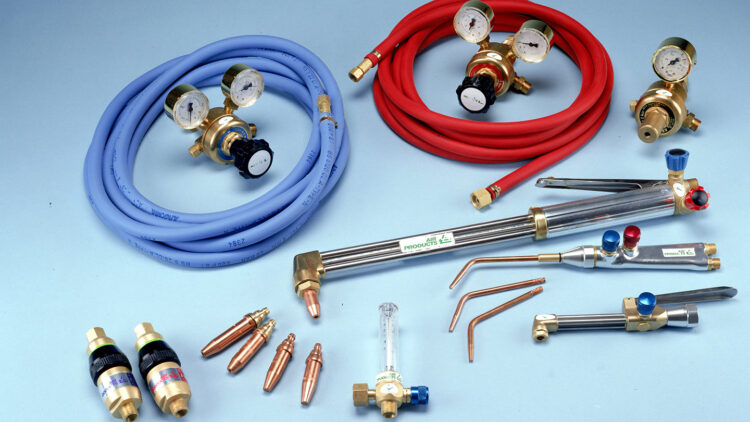
The type and size of the equipment you will use during the welding process will determine what filler you need to use. The equipment should give you the power you need for the wire being used. The power source should also offer the correct welding current for the filler metal you plan to use.
Shielding Gas
When selecting filler material, you should ensure that it is compatible with the shielding gas available. Each shielding gas has a different effect on the filler metal and influences the welding of metals.
Design
You need to clearly understand the design requirements of the joint before using a filler metal. Knowing this will help you choose one with the right properties. Working with thick and thin base materials will require different filler metals. For example, a thin base material will require a filler that will not burn through it.
Heat Treatment
Understanding your pre and post-welding heat treatments also determines the filler you need to use. There are specific base materials that need to be preheated before welding to avoid weld shrinkage and potential cracking.
Post-weld heating may also be required to reduce residual stresses and any microstructural change that may occur during the process.
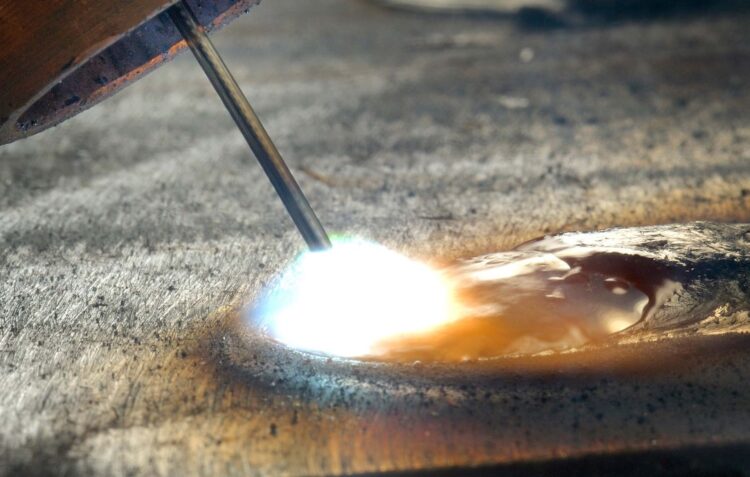
In Conclusion
Not every filler metal will work for you. Therefore, matching or base material to a filler metal is one of the most important skills any welder should know. Not only will this knowledge create a product that will stand the test of time, but it will also help keep you safe during the process.
 Hi Boox Popular Magazine 2024
Hi Boox Popular Magazine 2024
